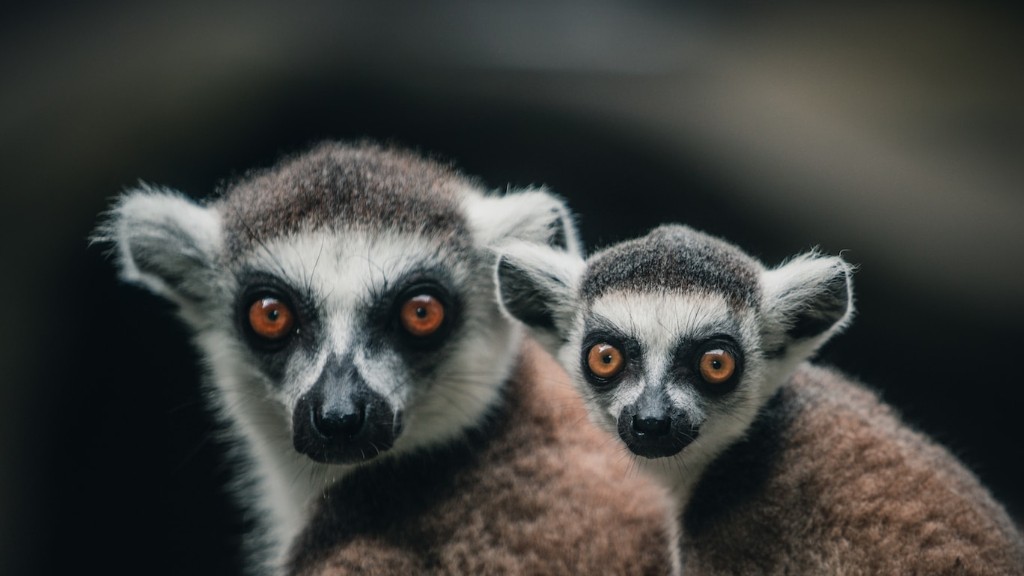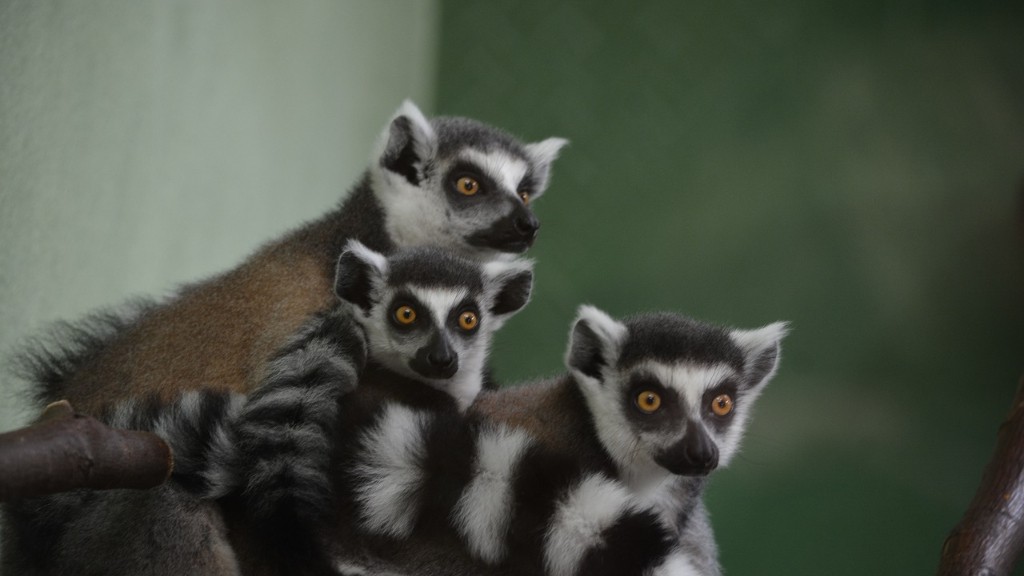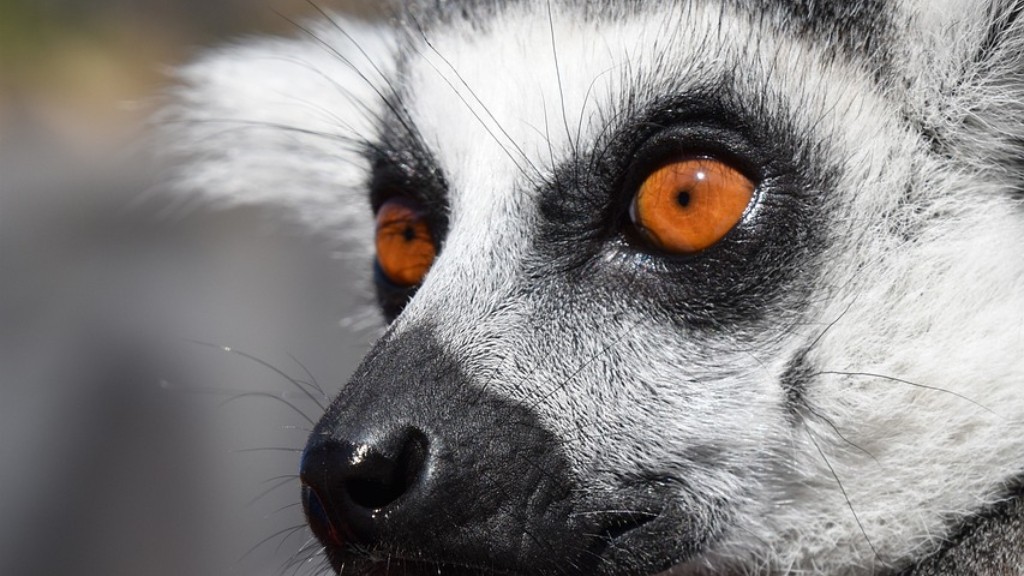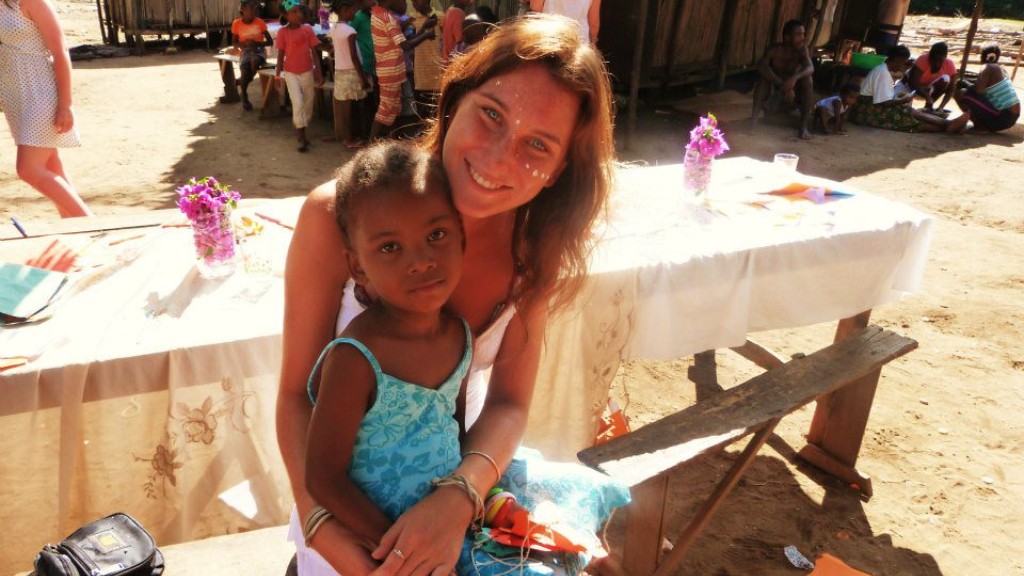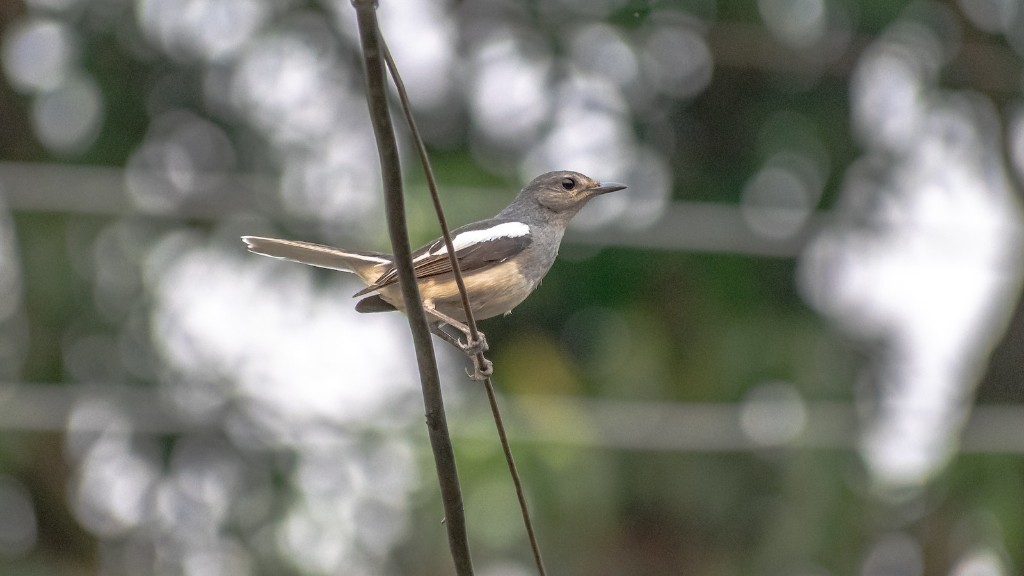What Does Madagascar Look Like?
Madagascar, known as the “eighth continent,” is an extraordinary island off the southeastern coast of Africa. It is the fourth largest island in the world, covering an area of approximately 587,000 square kilometers. Madagascar is renowned for its unique and diverse ecosystems, with a staggering number of endemic species found nowhere else on the planet. This article will delve into the breathtaking landscapes, fascinating wildlife, and cultural wonders that make Madagascar a truly remarkable destination to explore.
The diverse geography of Madagascar offers a visual feast for the senses. From pristine white-sand beaches fringed by turquoise waters to dense rainforests teeming with exotic flora and fauna, the island encapsulates natural beauty in all its forms. The eastern coast boasts stunning palm-fringed beaches, where azure waves crash against the shore. Moving inland, one can encounter vast grassy plains and highland plateaus adorned with terraced rice paddies and picturesque villages.
However, it is the astonishing biodiversity of Madagascar that truly sets it apart. The country is a treasure trove for biologists and nature enthusiasts, with over 90% of its animal and plant species found nowhere else on Earth. The iconic lemur, with its wide variety of species, is undoubtedly the emblematic animal of Madagascar. These charismatic primates can be found leaping through the forest canopies, their distinctive calls echoing through the trees. Other unique wildlife includes the fossa, a carnivorous mammal, chameleons displaying a kaleidoscope of colors, and vibrant bird species like the indri and the red fody.
One of the most famous natural landscapes in Madagascar is the Avenue of the Baobabs. Located in the Menabe region, this avenue features a row of majestic baobab trees, some of which are over 800 years old. These gigantic trees, with their swollen trunks and bare branches spreading into the sky, create a surreal and magical atmosphere. The best time to visit the avenue is during the golden hours of sunrise or sunset when the warm light bathes the landscape in an ethereal glow.
Cultural exploration is equally rewarding on the island. Madagascar is home to several ethnic groups, including the Malagasy people, who have a rich history and vibrant traditions. Visitors can immerse themselves in the local culture by attending traditional rituals, learning to play the valiha (a bamboo tube zither), or tasting an array of unique culinary delights, such as romazava (a meat and vegetable stew) or ravitoto (pork and cassava leaves).
As for recreational activities, Madagascar offers a wide array of options. Scuba diving enthusiasts can explore the coral reefs surrounding the island, marveling at the diverse marine life and colorful corals. Nature lovers can hike through national parks, such as Masoala, Ranomafana, or Isalo, and witness the stunning landscapes and endemic species up-close. For those seeking relaxation, luxurious beach resorts provide the perfect setting to unwind and bask in the idyllic surroundings.
Making a Difference: Environmental Conservation Efforts
Behind the captivating beauty of Madagascar lies a pressing environmental issue. Deforestation has been a significant concern, with over 90% of the island’s original forests being lost. The loss of habitat has had a devastating impact on Madagascar’s unique fauna and flora, pushing several species to the brink of extinction.
However, efforts are underway to address this critical situation. Non-governmental organizations and local communities have joined forces to protect the remaining forests and restore degraded areas. Initiatives such as the reforestation of native tree species and the creation of community-managed protected areas have shown promising results in preserving Madagascar’s natural heritage.
The Future of Madagascar’s Ecosystems
Looking ahead, the conservation challenges facing Madagascar are multifaceted. Climate change poses a significant threat, with rising temperatures and changing rainfall patterns potentially disrupting ecosystems. Additionally, finding a balance between economic development, including increased tourism, and environmental conservation remains an ongoing challenge.
Crucial partnerships between the government, NGOs, and local communities will play a vital role in securing the future of Madagascar’s unique ecosystems. Sustainable tourism practices that prioritize responsible nature tourism and support local communities can contribute to the preservation of Madagascar’s outstanding natural wonders.
Exploring the Marvels of Madagascar
When planning a trip to Madagascar, there are several must-visit destinations that showcase the island’s remarkable beauty. Here are four regions that should be on every traveler’s itinerary:
1. Nosy Be
Nosy Be, located off the northwest coast of Madagascar, is a tropical paradise frequented by beach lovers and nature enthusiasts. With its crystal-clear waters, pristine beaches, and vibrant coral reefs, this island offers excellent snorkeling and diving opportunities. The Lokobe Reserve, a protected rainforest, is home to a wide range of wildlife, including the adorable black lemur and the colorful panther chameleon.
2. Andasibe-Mantadia National Park
This national park, situated in the eastern part of the country, is a haven for wildlife enthusiasts. It is famous for its primary rainforest, where visitors can observe various species of lemurs, including the indri, the largest lemur species. Embarking on a night walk in Andasibe-Mantadia National Park provides a chance to spot nocturnal creatures such as the mouse lemur, leaf-tailed geckos, and chameleons.
3. Isalo National Park
Isalo National Park, located in the south-central part of Madagascar, boasts awe-inspiring landscapes characterized by sandstone formations, deep canyons, and natural rock pools. Hiking through this striking wilderness allows visitors to discover rare plant species, encounter ring-tailed lemurs, and swim in the refreshing natural pools.
4. Ifaty
Ifaty, a coastal village in the southwest, is an idyllic spot for beach lovers and those seeking tranquility. The nearby coral reef offers superb snorkeling and diving opportunities to explore the underwater world of Madagascar. The Reniala Private Reserve, known for its spiny forest, showcases the unique vegetation adapted to arid conditions and provides a chance to encounter the bizarre-looking baobabs.
The Magic of Madagascar Beckons
Madagascar’s allure lies not only in its exceptional landscapes and wildlife but also in the indomitable spirit of the Malagasy people. The preservation of this extraordinary island’s ecosystems is a shared responsibility and presents an opportunity for us all to conserve the planet’s natural wonders. So, let the call of the wild guide you to Madagascar, where adventure, discovery, and awe await at every turn.
